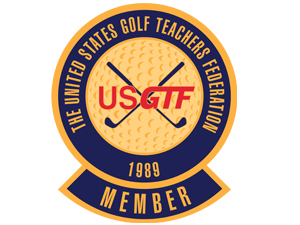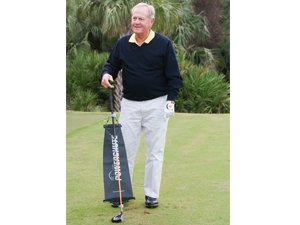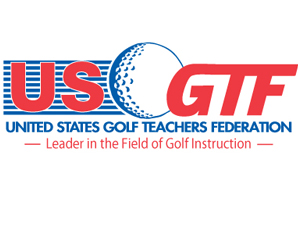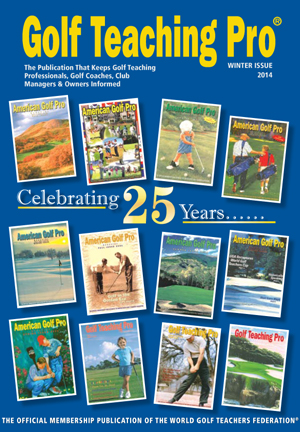Blog
TECHNOLOGY OR TRADITION – WHICH IS BETTER FOR TEACHING GOLF?
PRINCIPLES OF PRACTICE
- An open mind to receive new ideas.
- An enquiring mind to question new ideas.
DECEMBER SPECIALS FROM THE USGTF CORPORATE STORE
The 8400 Ridge Rider Vest is the perfect unisex winter vest for teaching golf. Readmore






